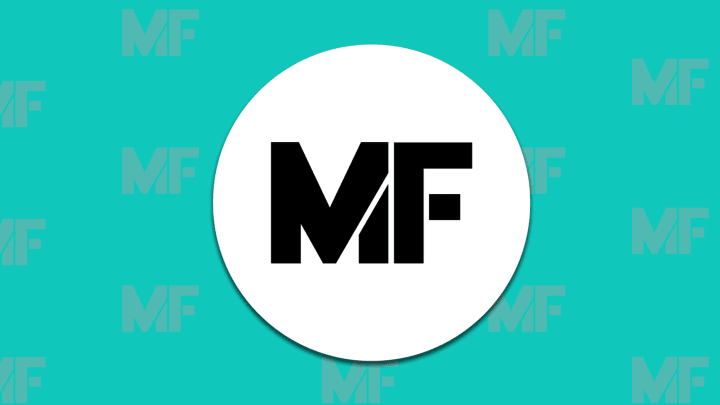Photo courtesy of Flickr user PB Hastings
Our Strange States series will take you on a virtual tour of America to uncover the unusual people, places, things, and events that make this country such a unique place to call home.
This time we’ll take a look at The Nutmeg State: Connecticut—birthplace of George W. Bush, as well as the Blue Backed Speller, later known as Webster’s Dictionary.
The Cushing Center
In the basement of the medical library at Yale University is a hungry zombie’s dream—The Cushing Center, also known as the brain museum. Named after Yale’s own Harvey Williams Cushing, often called the Father of Modern Neurosurgery, the Center is home to the Brain Tumor Registry, a collection of over 400 grey matter specimens from patients that Cushing operated on since 1902. He was inspired to maintain a personal archive after a tissue sample he’d taken during surgery at Johns Hopkins was lost.
For much of the collection’s lifespan, it resided in Cushing’s office, only to later be stored in an unused sub-basement of a dorm on Yale’s campus. However, it was rediscovered in the 1990s by students who sneaked through the dorm’s crawlspace to get to “the brain room,” where they signed a white board proclaiming themselves part of the Brain Society. When a student requested permission to write his thesis on Cushing’s archives, the school took a renewed interest in the collection and decided to make it available to the public. After a $1.5 million renovation and restoration project, the Cushing Center opened in June 2010.
The specimens, still housed in their original leaded glass jars, line the walls of the museum, creating a macabre, yet beautiful display. Aside from Cushing’s brain and tumor samples, the Center also contains hundreds of pathology microscope slides, and drawers full of human bones in various stages of development that are on loan from the Kier-Conlogue Anatomic Collection. On a slightly less icky note, you’ll also find Cushing’s medical textbooks, surgery tools, personal belongings, and pages from his detailed case journals, including medical drawings and over 15,000 photographs and negatives, a medical archive technique that Cushing helped pioneer.
Have the scoop on an unusual person, place or event in your state? Tell me about it on Twitter (@spacemonkeyx) and maybe I’ll include it in a future edition of Strange States!
See all the entries in the Strange States series here.
